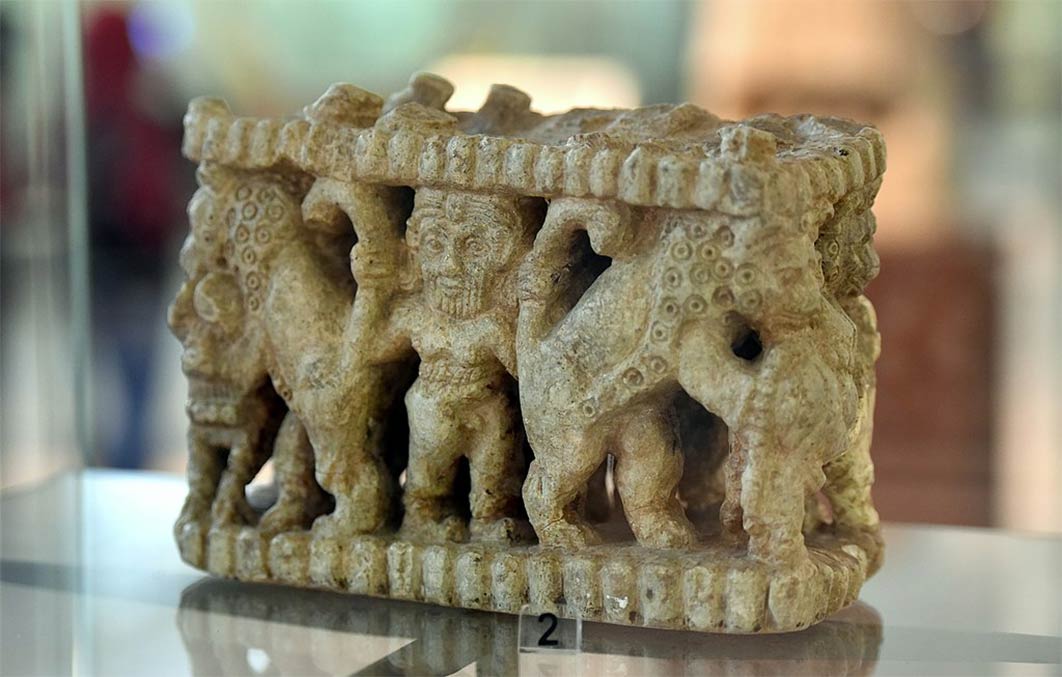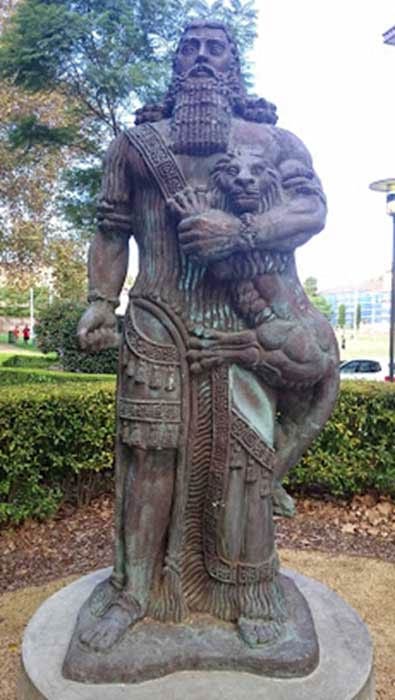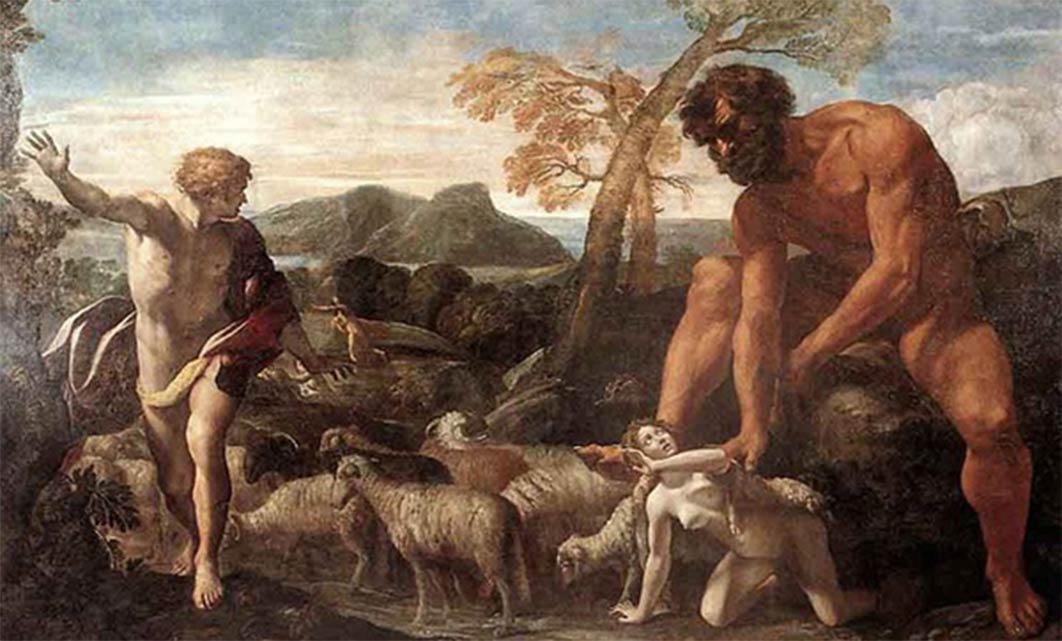
Mighty Gilgamesh: Archetype Of The Nephilim
Gilgamesh is one of the greatest heroes of the ancient Middle Eastern world. The epic named after him has become one of the greatest literary works of all ages. There is, however, one aspect of Gilgamesh that most people do not know about. Gilgamesh also happens to be the archetypal Nephilim giant.

Gilgamesh Statue Sydney University. ( CC BY SA 4.0 )
One of the most well-known and intriguing stories from the Biblical tradition is the one about the Nephilim. There is a reference to them in the sixth chapter of the Biblical Book of Genesis where they are mentioned against the backdrop of the wickedness of the people in the time before the deluge. In this account, one reads that the so-called ‘sons of God’ fathered offspring with human women. This, according to the narrative, happened before and after the deluge. It reads: “[T]hat the sons of God saw the daughters of men, that they were beautiful; and they took wives for themselves of all whom they chose… There were giants [Nephilim, fallen or mighty ones, heroes] on the earth in those days, and also afterward, when the sons of God came in to the daughters of men and they bore children to them. Those were the mighty men who were of old, men of renown.”

‘Norandino and Lucina Discovered by the Ogre’ (1624) by Giovanni Lanfranco. ( Public Domain)
The Sons of God
According to this Biblical account, the beings who fathered children with human women were called ‘sons of God’, an expression that goes back to the very earliest strata of Biblical tradition. It is, in fact, found in the Ugarit texts, which date back to the 14th to 12th centuries BC. In these texts they are referred to as ‘sons of El’, with El referring to the ‘father of the gods’. Clearly the expression ‘sons of El’, appearing in Biblical tradition as ‘sons of God’, was quite an old one. It refers to angelic beings, which is why the expression is also translated as ‘angels’ in the Septuagint, the Greek translation of the Hebrew Bible, made during the third to second centuries BC.
The Semitic expression, ‘sons of El’, had an earlier precursor going back to the ancient Sumerian world, when great heroes, like Gilgamesh, is said to have lived. In that milieu, the equivalent expression was Anunna (or Anunnaki), meaning ‘sons/seed [a] of a prince [nun]’, with the prince referred to originally having been An, the father of the gods. In the Biblical tradition the old Semitic designation of ‘sons of El’ seemingly refers to angels present on earth, the so-called fallen angels. Their earthly descendants were seen as giants or great heroes.

The Fall of the Rebel Angels by Hieronymus Bosch is based on Genesis 6:1–4 (Public Domain)




